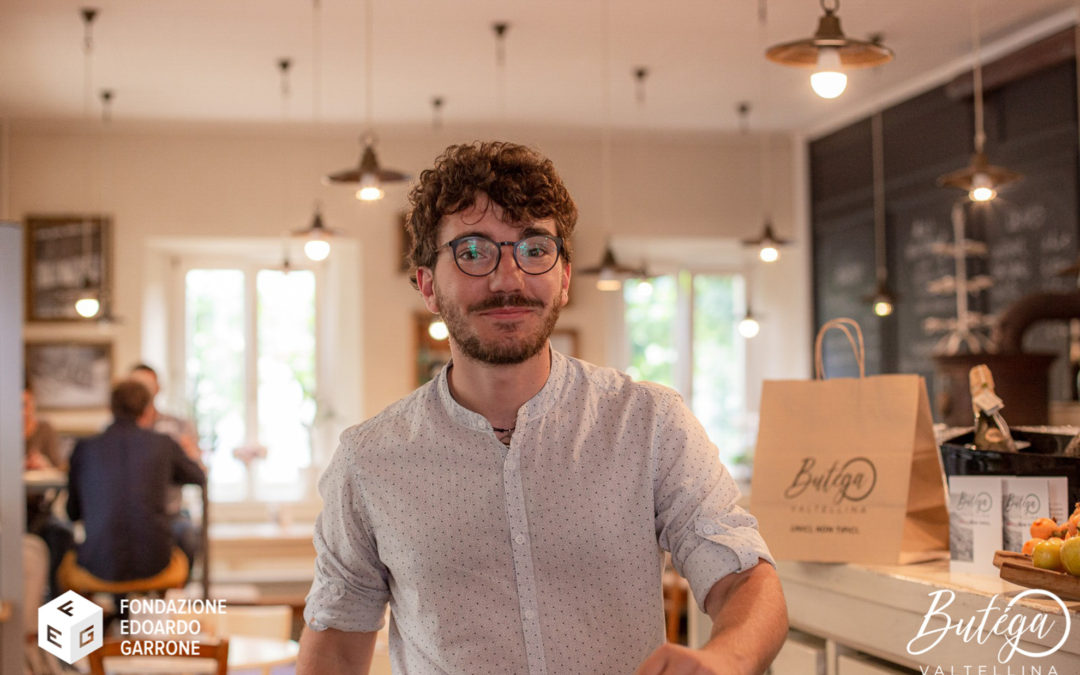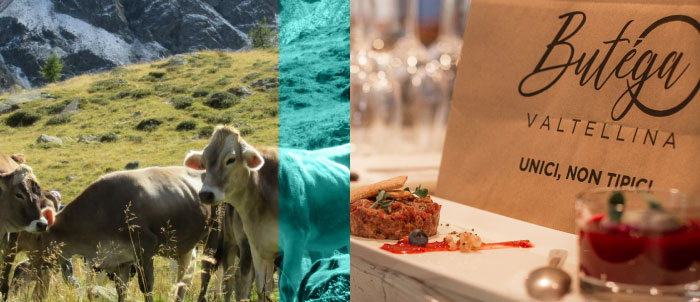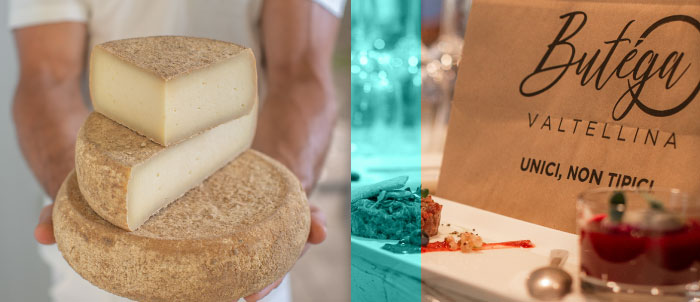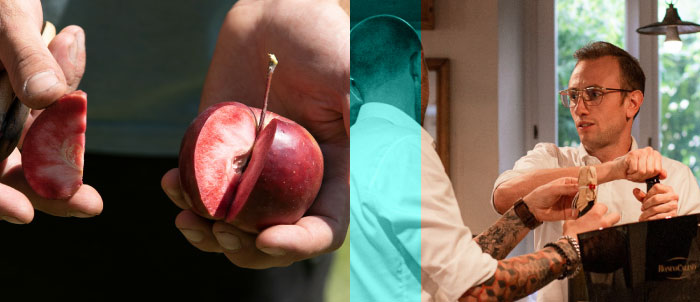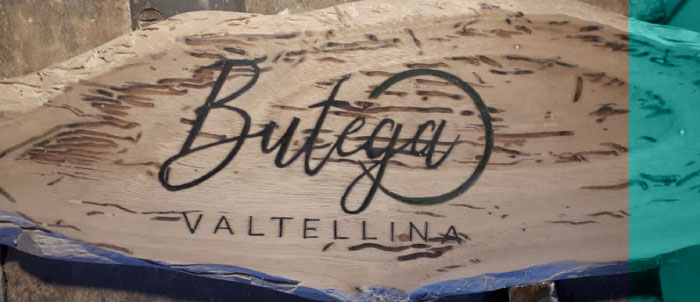BUTÉGA VALTELLINA
BUSINESS: Butéga Valtellina
ADDRESS: Valtellina
EMAIL: info@butegavaltellina.com
WEBSITE: butegavaltellina.com
“ON-CAMPUS” COURSE: ReStartAlp 2017
Butéga Valtellina is not just made up of us, three partners, but is a large network sharing values and visions. It is not based upon a commercial agreement, but, rather, is kept together by mutual trust. The network is the tool we have chosen to enhance cooperation between and among several businesses and users. Networking, to us, means “knitting” a hyper-connected human fabric, and this is leading to wonderful achievements”.
Giorgio Gobetti
The train to Tirano runs across the Valtellina valley from west to east. The flat part is a narrow strip of land crossed by the Adda river, the railway, and State Road No. 38, which winds up to the mountain pass Passo dello Stelvio and then descends into Alto Adige. Looking out of the regional train window, the traveller’s eyes take in the terracing – plots of land that man has determinedly shaped out of the mountains. “The idea to establish Butéga Valtellina dates back to 2017, when Francesco, Mattia and I decided to return and bring back to our home valley the skills we had acquired during our studies and in our jobs, sharing them for the benefit of the local community”, explains Giorgio Gobetti.
Giorgio was born in 1991. His friends and partners Francesco Bondiolotti and Mattia Fendoni are also around the age of thirty, even slightly younger. “From the very beginning, we developed a network of partnerships with people having different educational backgrounds. There are two biologists, a nutritionist, several graduates in Forestry – all people who had already chosen to come back and work to start cultivating the terraces again, revive their family-run farms (most of which grow apples), and reclaim abandoned plots of land to introduce new cultures – continues Giorgio. Some of them had reached out to us asking for help and advice, either to sell products or to launch communication campaigns and marketing strategies”. Gobetti has a degree in Economics and Marketing, Fendoni graduated in Communication Design, and Bondiolotti in Industrial Product Design, although, since 2016, he has been actively working in the restaurants and catering sector. In April 2017, the three friends saw the ReStartAlp Call for Proposals on Facebook. They developed their project in three weeks: “The selection phase was the first test bench for our idea. Being accepted to the “on-campus” course, instead, was our first achievement. Taking part in it gave us a chance to realistically try ourselves at being entrepreneurs, learning to think as such”, underlines Giorgio. When they completed the training, their project was even awarded the second prize.
Terracing
The Valtellina landscape is characterised by terracing, i.e. levelled sections created by man to turn steeply sloping areas into arable land. A series of levelled plots, so-called terraces, are built, each of them sustained by a wall, mostly drystone walls, or by an embankment. In Valtellina, terraces were mostly used for wine growing.
The Via dei Terrazzamenti (The Trail of Terraces) is a cycling-hiking itinerary that unravels across the Valtellina valley for about 70 kilometres, connecting Morbegno to Tirano. The itinerary is a project developed by the Distretto Culturale della Valtellina (Valtellina Cultural District), promoted by the Province of Sondrio as part of Fondazione Cariplo’s Distretti Culturali, and managed by the local development foundation Fondazione di Sviluppo Locale. Over the last few decades, terraced landscapes all over the world have been showing signs of neglect, after being abandoned, following radical changes in agricultural practices, and because of increasing urbanisation. To meet the need to safeguard these landscapes, the International Terraced Landscapes Alliance (Alleanza Internazionale per i Paesaggi Terrazzati) was founded in 2010. Among its objectives were the drawing up of a “Manifesto” acknowledging the environmental, social-ethical, economic, and aesthetic value of terraced systems.
